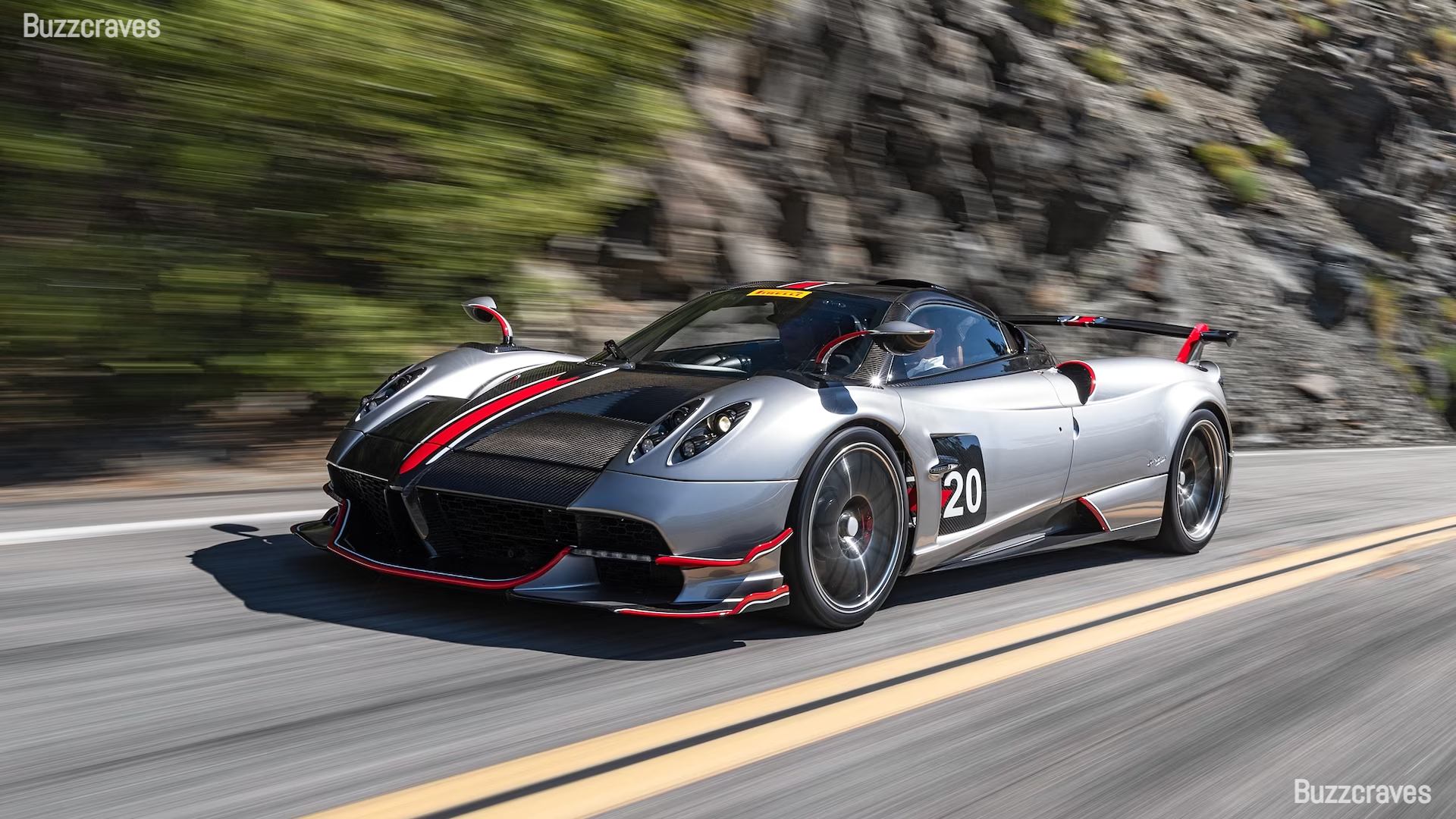During the early 1980s, these powerful machines dominated rally racing, capturing the attention of millions of rally fans worldwide, making Group B rally cars one of the most legendary and iconic eras of motorsport history. Unfortunately, the reign of this thrilling era was short-lived due to safety concerns and tragic accidents that followed. In this blog post, we will examine the rise and fall of Group B rally cars and the impact they had on the world of motorsport.
The Birth of Group B Rally Cars:

The Group B era began in 1982, when the Fédération Internationale de l’Automobile (FIA) introduced new regulations that permitted manufacturers to create rally cars with insane levels of power and performance. As a result, groundbreaking innovations in engine technology, aerodynamics, and lightweight construction were able to take place.
Unleashing Unprecedented Power:

Rally cars of Group B were distinguished by their extraordinary power-to-weight ratios. As a result of manufacturers pushing the limits of performance, turbocharged engines were developed that were able to produce over 500 horsepower. As a result of this incredible power, rally racing became more thrilling than ever.
Technological Advancements:

Group B rally cars opened the door to technological advancements that revolutionized rallying. Advanced four-wheel-drive systems, electronic differential locks, and sophisticated suspension setups were developed by engineers. By utilizing these innovations, drivers were able to push their abilities to the limit, improving traction, control, and handling.
Fierce Competition and Manufacturer Rivalry:

Group B rally cars sparked intense competition among manufacturers, as manufacturers such as Audi, Lancia, Ford, and Peugeot invested substantial resources in their rally programs to gain a competitive advantage. As a result of this rivalry, the cars developed rapidly and constantly evolved, driving the sport forward.
Spectacular Showmanship and Exciting Races:

Group B rally cars provided spectators with exhilarating displays of speed, skill, and bravery. The racing was a spectacle unlike any other, attracting a global fanbase and cementing the era’s iconic status as a result of drivers pushing themselves and their machines to the limit.
Safety Concerns and Tragic Accidents:

Increasing speeds of Group B rally cars raised safety concerns. As a result of excessive power, lightweight construction, and minimal regulations, several tragic accidents occurred, resulting in the deaths of both drivers and spectators. These incidents forced officials to reevaluate the future of Group B rallying.
The Decline and Demise of Group B:

The FIA discontinued Group B rally cars in 1986. Stricter regulations were introduced in the form of Group A, aimed at reducing costs and improving safety. Although Group A rally cars continued to provide thrilling racing, they could not replicate the sheer excitement and spectacle of Group B rally cars.
Legacy and Impact on Motorsport:

Even though the Group B era ended prematurely, its influence on motorsport remains indelible. While its technological advances influenced future rally car designs, its legendary machines continued to captivate fans and collectors alike through their allure and allure. A unique chapter in automotive history, Group B cars remain highly sought after today.
Conclusion:
In the history of motorsport, the rise and fall of Group B rally cars are a captivating period. The immense power, advanced technology, and fierce competition made it a memorable period. In spite of the tragic accidents that led to Group B’s demise, the legacy remains inspirational and thrilling to motorsport enthusiasts throughout the world.



